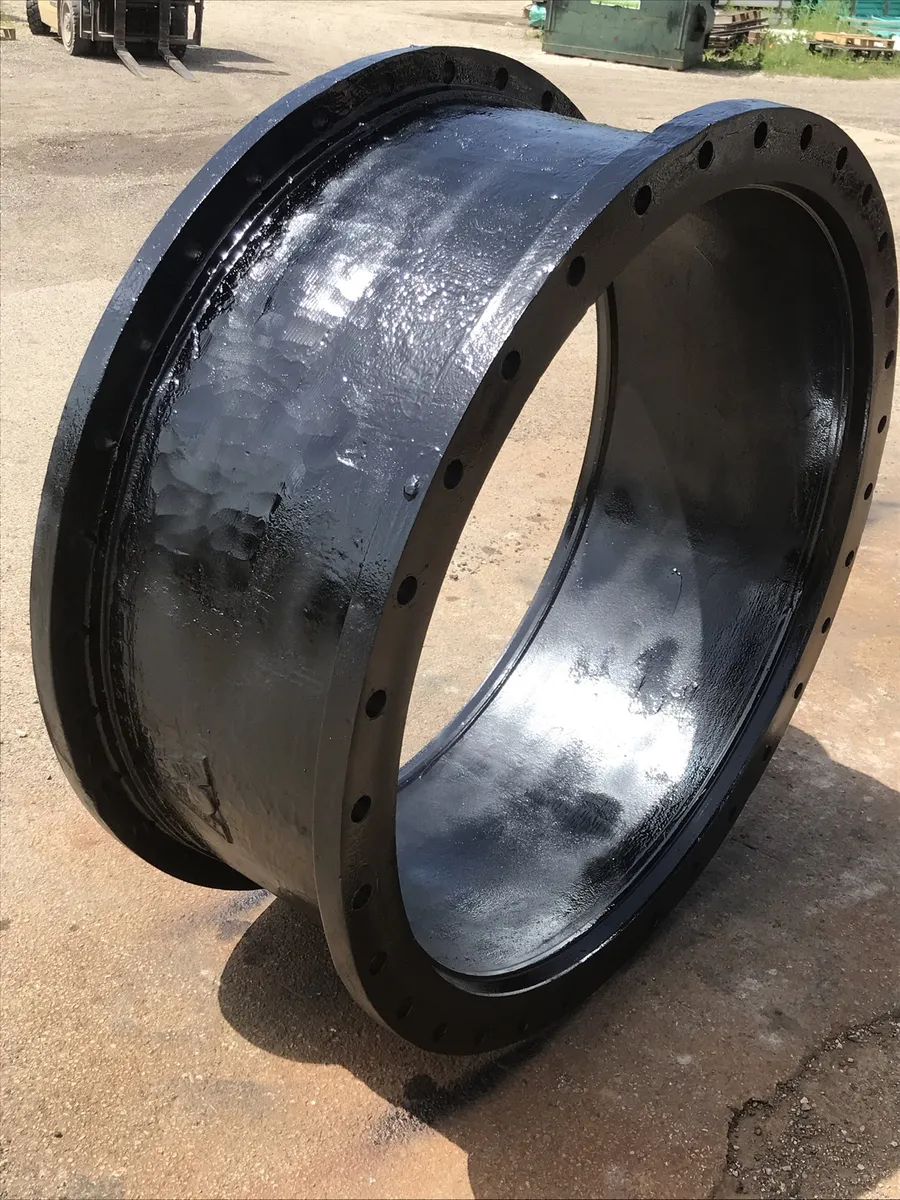In the realm of welding, choosing the best technique is a pivotal decision that significantly impacts the quality, efficiency, and strength of the welded joints. This comprehensive exploration aims to guide welders and engineers in understanding the nuances of various welding techniques, providing insights into their applications, advantages, and considerations to help determine the best approach for specific welding scenarios.
I. Overview of Common Welding Techniques: An Array of Options
1. Gas Metal Arc Welding (GMAW/MIG):
GMAW, commonly known as MIG welding, utilizes a continuous wire electrode and a shielding gas to create strong and clean welds. It is favored for its versatility, speed, and suitability for various materials, making it a popular choice in industries such as automotive and manufacturing.
2. Gas Tungsten Arc Welding (GTAW/TIG):
GTAW, or TIG welding, involves using a non-consumable tungsten electrode and a shielding gas. TIG welding excels in producing high-quality welds with precise control over the heat input. It is often preferred for applications requiring intricate details and weld purity.
3. Shielded Metal Arc Welding (SMAW/Stick):
SMAW, commonly known as stick welding, employs a consumable electrode coated in flux to create welds. It is known for its simplicity, portability, and suitability for outdoor applications. Stick welding is widely used in construction, pipeline welding, and repair work.
4. Flux-Cored Arc Welding (FCAW):
FCAW utilizes a tubular wire electrode with flux inside, eliminating the need for an external shielding gas. This technique is valued for its high deposition rates and is often employed in heavy construction, shipbuilding, and structural fabrication.
5. Submerged Arc Welding (SAW):
SAW involves the formation of welds beneath a layer of flux, providing excellent protection against atmospheric contamination. It is commonly used in welding thick sections of steel, such as in the fabrication of pressure vessels and large structures.
II. Factors Influencing the Choice of Welding Technique: Tailoring Solutions
1. Material Type and Thickness:
Different welding techniques exhibit varying effectiveness based on the type and thickness of materials. For example, TIG welding is well-suited for thin and delicate materials, while stick welding excels in welding thicker sections.
2. Joint Configuration:
The configuration of the joint, whether it's a butt joint, fillet joint, or lap joint, influences the choice of welding technique. Some techniques may be more suitable for certain joint types, ensuring optimal penetration and strength.
3. Welding Position:
Considerations of welding position—whether horizontal, vertical, overhead, or flat—play a crucial role in technique selection. Some techniques are better suited for specific positions, ensuring efficient and high-quality welds.
III. Advantages and Limitations of Each Technique: Weighing the Pros and Cons
1. MIG Welding:
Advantages include high welding speed, minimal post-weld cleanup, and suitability for automation. Limitations may include a higher upfront cost for equipment and potential challenges in welding thicker materials.
2. TIG Welding:
Advantages encompass precise control, excellent weld quality, and suitability for thin materials. Limitations may include a slower welding speed and the need for skilled operators.
3. Stick Welding:
Advantages include portability, simplicity, and effectiveness in outdoor conditions. Limitations may involve a lower deposition rate and the need for electrode changes.
4. Flux-Cored Welding:
Advantages encompass high deposition rates and suitability for thick materials. Limitations may include the potential for slag inclusion and a higher cost associated with flux-cored wires.
5. Submerged Arc Welding:
Advantages include high efficiency, deep penetration, and suitability for thick materials. Limitations may involve limited applications in certain joint configurations and the need for specialized equipment.
IV. Emerging Technologies and Innovations: Pushing the Boundaries of Welding Excellence
1. Laser Welding:
Laser welding utilizes a concentrated beam of light for precise and rapid welding. This technology is gaining prominence in industries requiring high accuracy, such as aerospace and electronics.
2. Electron Beam Welding (EBW):
EBW employs a focused beam of electrons for high-penetration welding. It is particularly useful in applications requiring deep welds with minimal heat-affected zones.
V. Conclusion: Navigating the Welding Landscape with Precision
In conclusion, determining the best welding technique involves a thoughtful analysis of various factors, including material characteristics, joint configurations, and positional requirements. Each welding technique comes with its set of advantages and limitations, making it essential for welders and engineers to tailor their choices to specific project demands. This exploration serves as a compass for navigating the welding landscape with precision, empowering practitioners to master the arc and achieve optimal results in their welding endeavors.




+ There are no comments
Add yours